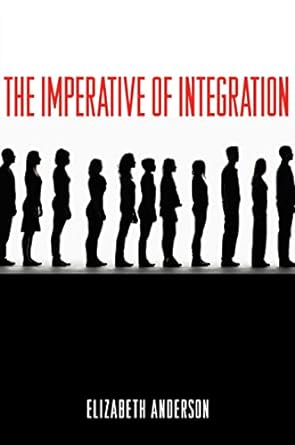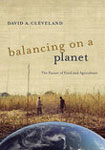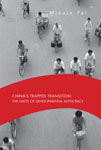Book Details

How Much Inequality Is Fair? : Mathematical Principles of a Moral, Optimal, and Stable Capitalist Society
How Much Inequality Is Fair? synthesizes concepts from economics, political philosophy, game theory, information theory, statistical mechanics, and systems engineering into a mathematical framework for a fair free-market society. The key to this framework is the insight that maximizing fairness means maximizing entropy, which makes it possible to determine the fairest possible level of pay inequality. The framework therefore provides a moral justification for capitalism in mathematical terms. Venkat Venkatasubramanian also compares his theory’s predictions to actual inequality data from various countries—showing, for instance, that Scandinavia has near-ideal fairness, while the United States is markedly unfair—and discusses the theory’s implications for tax policy, social programs, and executive compensation.
List of Figures
Preface
Chapter One Extreme Inequality in Income and Wealth
Chapter Two Foundational Principles of a Fair Capitalist Society
Chapter Three Distributive Justice in a Hybrid Utopia
Chapter Four Statistical Thermodynamics and Equilibrium Distribution
Chapter Five Fairness in Income Distribution
Chapter Six Global Trends in Income Inequality: Theory Versus Reality
Chapter Seven What Is Fair Pay for Executives
Chapter Eight Final Synthesis and Future Directions
Notes
Bibliography
Index
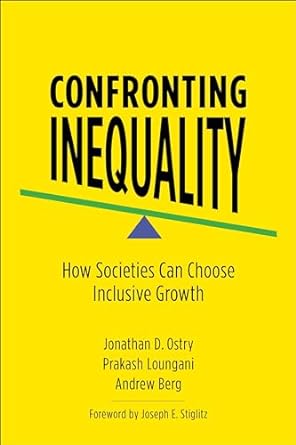
Confronting Inequality : How Societies Can Choose Inclusive Growth

FAIR REPRESENTATION : MEETING THE IDEAL OF ONE MAN, ONE VOTE
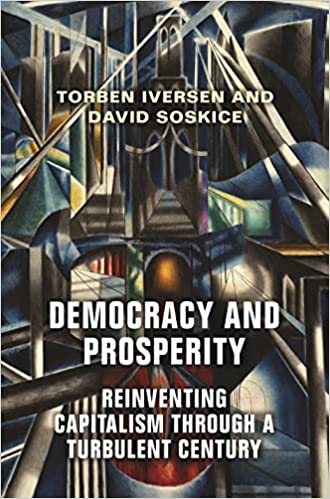
Democracy and Prosperity: : Reinventing Capitalism through a Turbulent Century
Popular Picks on the Month





